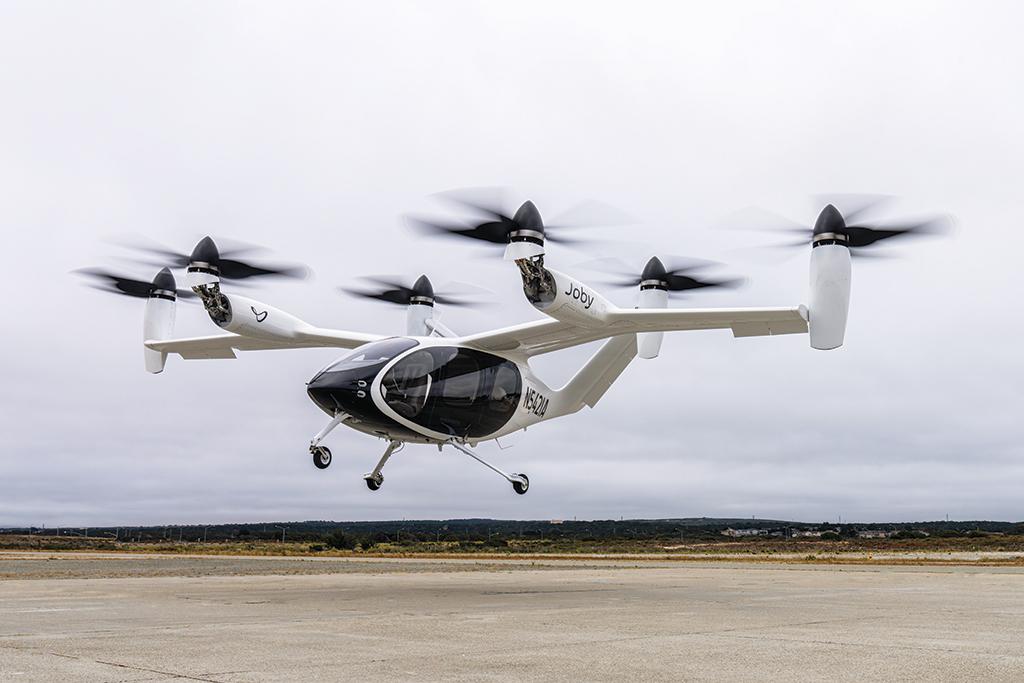
S4: Pilot + Four Passengers
Joby’s first production prototype S4 made its uncrewed first flight in late July, one of two to be delivered to Edwards AFB, California, early next year under a U.S. Air Force contract to deliver and operate up to nine aircraft for testing. Piloted prototypes for FAA certification testing are planned to fly in 2024. With $1.2 billion in funds at the end of July, Joby says it is on track to begin commercial service in 2025.
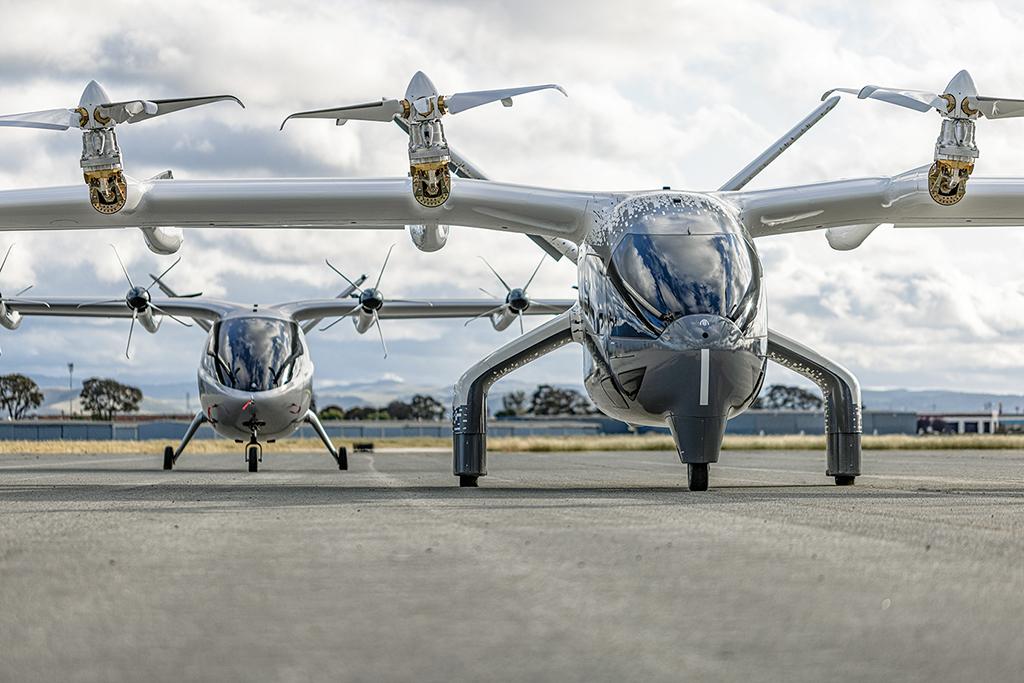
Midnight: Pilot + Four Passengers
Archer rolled out its first Midnight prototype in May. The nonconforming aircraft will conduct uncrewed flights ahead of certification testing in 2024 with six piloted conforming prototypes. The company is aiming for FAA certification by the end of 2024 and commercial service early in 2025. With $450 million in funds at the end of March, Archer also has a U.S. Air Force contract to provide up to six aircraft for testing.
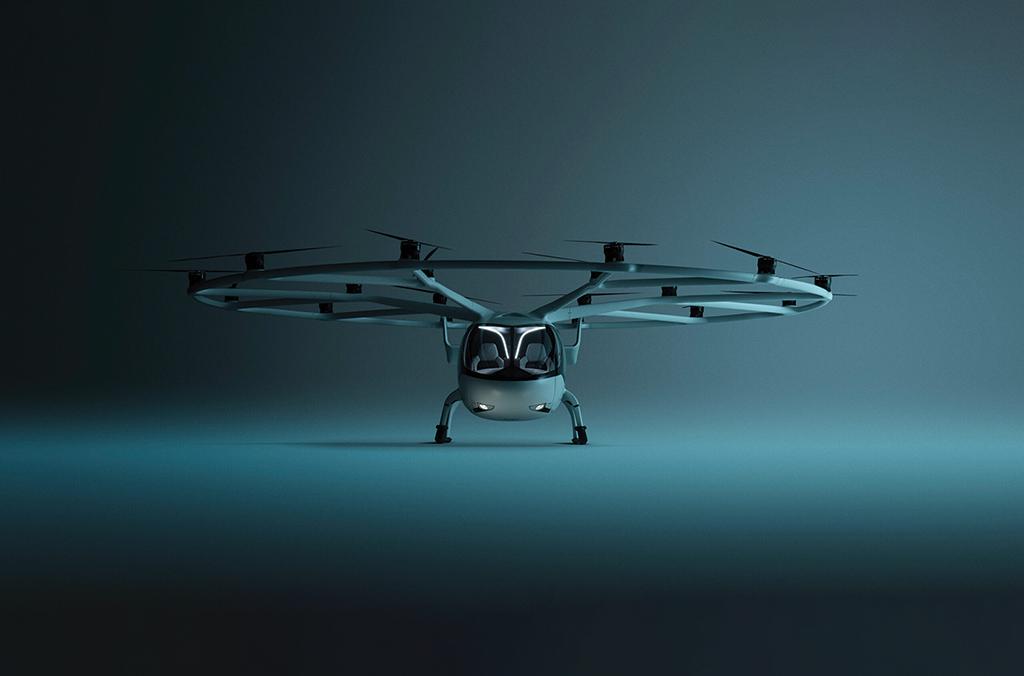
VoloCity: Pilot + One Passenger
By early August, first flight of Volocopter’s first production-conforming VoloCity was imminent, with the company aiming for certification by the European Union Aviation Safety Agency by mid-2024 to enable the launch of commercial service at the Paris Olympics in July-September 2024. Volocopter has revealed plans to certify a larger, longer-range, piloted 3-4-passenger multicopter by the end of 2026 to supersede the initial two-seat VoloCity.
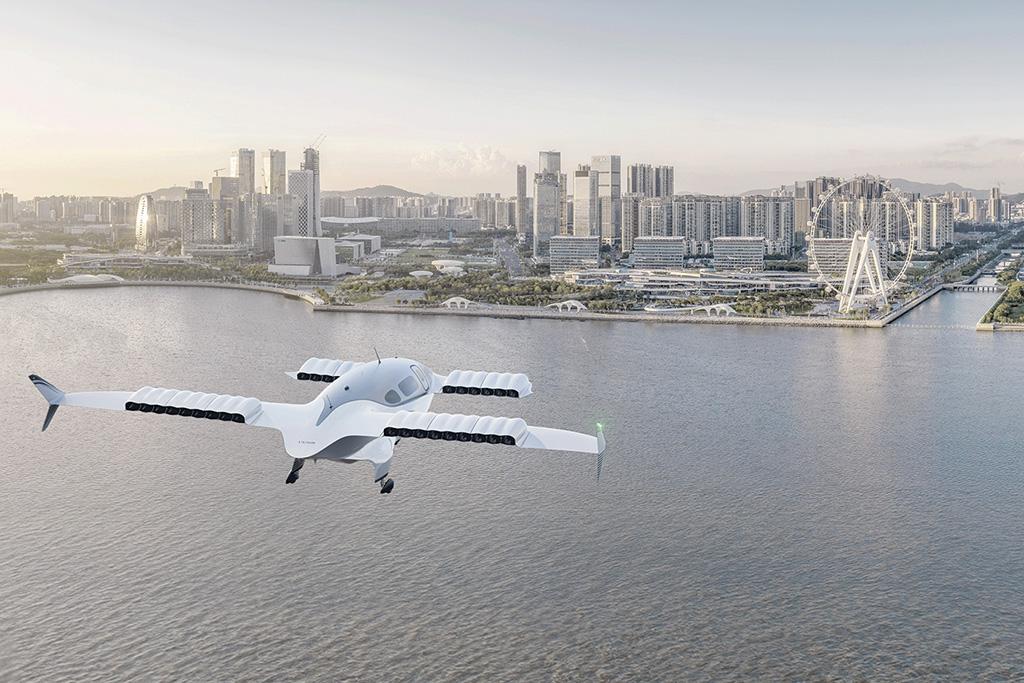
Lilium Jet: Pilot + 4-6 Passengers
Lilium is wrapping up subscale demonstrator flights in Spain and plans to roll out the first Lilium Jet conforming prototype in the spring of 2024, targeting certification for the end of 2025. Lilium entered the second half of 2023 with $386 million in liquidity, having arranged $192 million in new financing aimed at reaching a first crewed flight by the end of next year to unlock predelivery payments from customers.
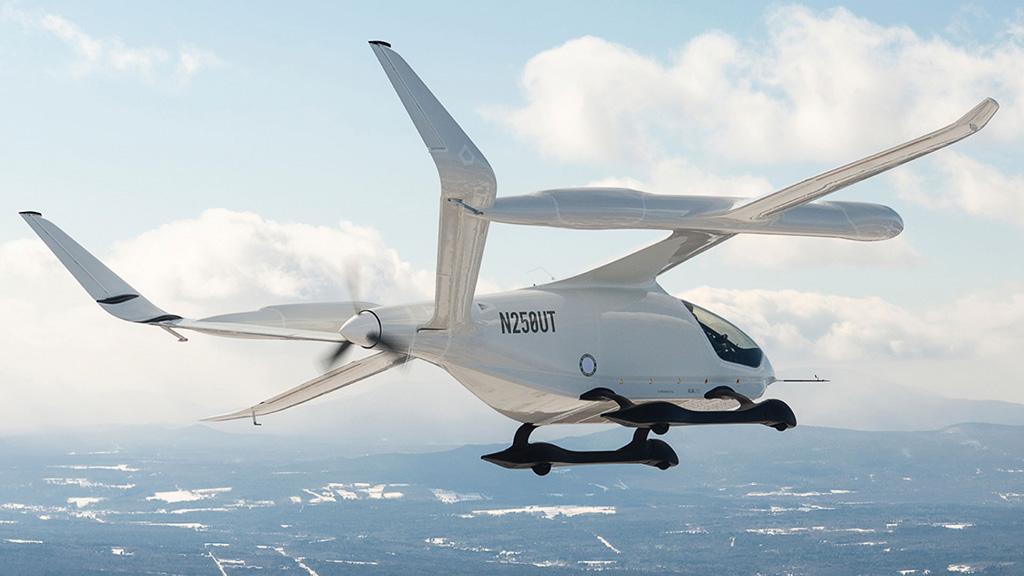
CX300: Pilot + Five Passengers
After extensive piloted flight tests of a fixed-wing demonstrator, Beta in May revealed plans to certify the CX300 electric conventional-takeoff-and-landing aircraft first, in 2025, and delay its Alia-250 eVTOL by up to 18 months. Testing of the eVTOL demonstrator continues, but FAA Part 23 certification of the CX300 will reduce risk, meet near-term customer demand and pave the way for the Alia-250, privately funded Beta says.
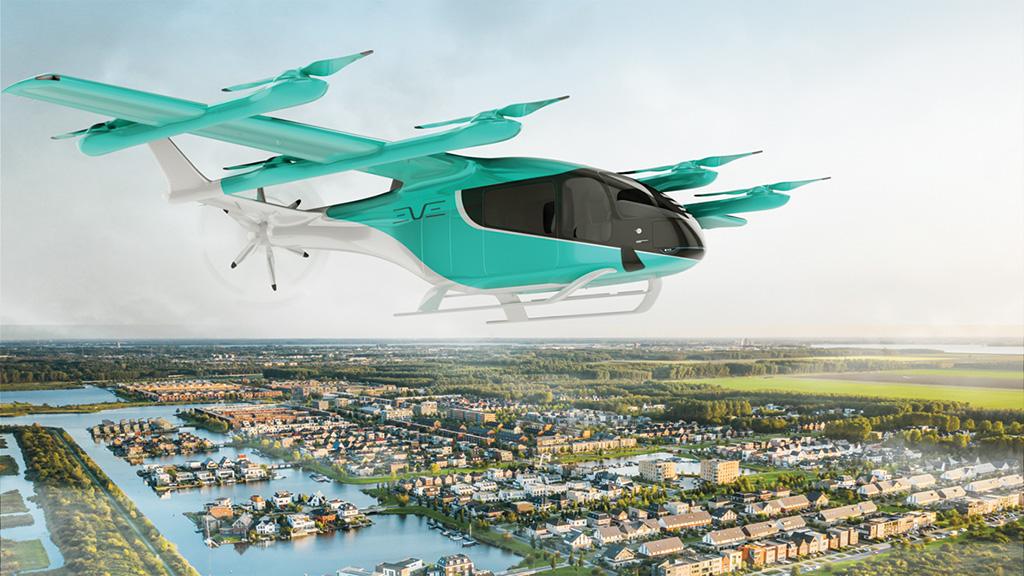
Eve: Pilot + Four Passengers
Eve in June unveiled a refined design and announced the battery, motor and propeller suppliers for its eVTOL. The Embraer spinoff has completed lift propeller tests on a truck-mounted rig and plans to begin assembly of its first full-scale prototype in the fourth quarter, aiming for a first flight early in 2024. With $307.7 million in total liquidity at the end of June, Eve is planning certification and entry into service for 2026.
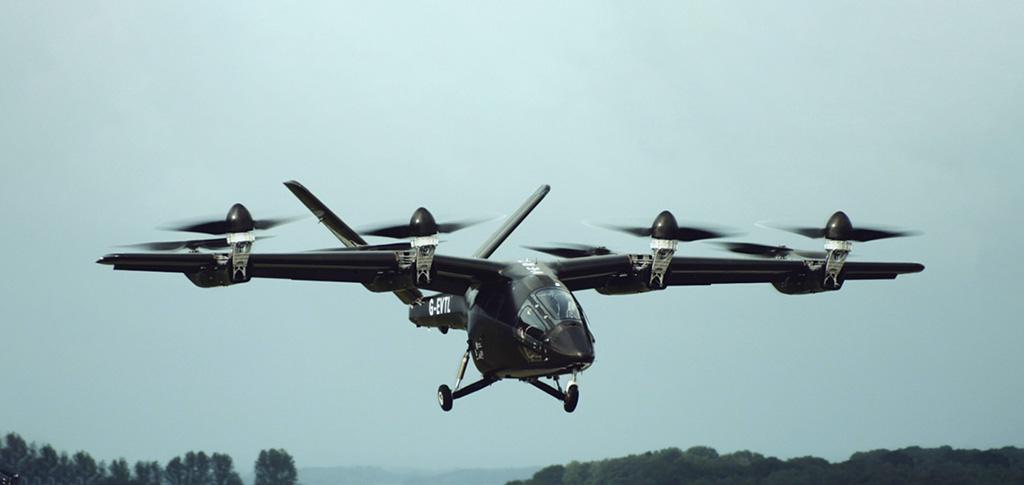
VX4: Pilot + Four Passengers
Vertical’s VX4 full-scale technology demonstrator crashed Aug. 9 during an uncrewed flight test in the UK. The aircraft began untethered flights in June, reaching a forward airspeed of 40 kt. on the initial uncrewed tests. The company is building a second full-scale prototype. Targeting certification by the end of 2026, Vertical ended June with less than £90 million ($115 million) in cash and plans to raise additional funding by year-end.
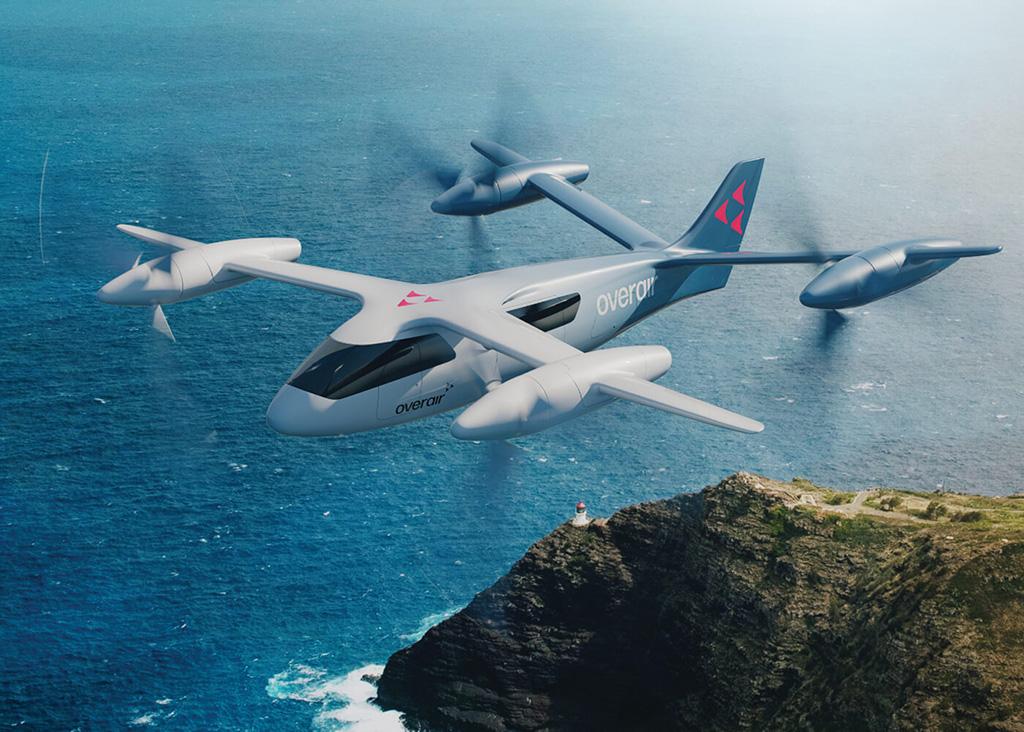
Butterfly: Pilot + Five Passengers
Backed by South Korea’s Hanwha Systems, U.S.-based Overair is targeting completion of the first uncrewed, full-scale demonstrator for its Butterfly tiltrotor eVTOL, the XP-1a, by year-end. The startup in 2022 tested a full-scale propulsion system with a 20-ft.-dia. rotor mounted on a truck driven over a dry lake bed in Southern California. Overair is aiming for OA-1 Butterfly certification in 2026.
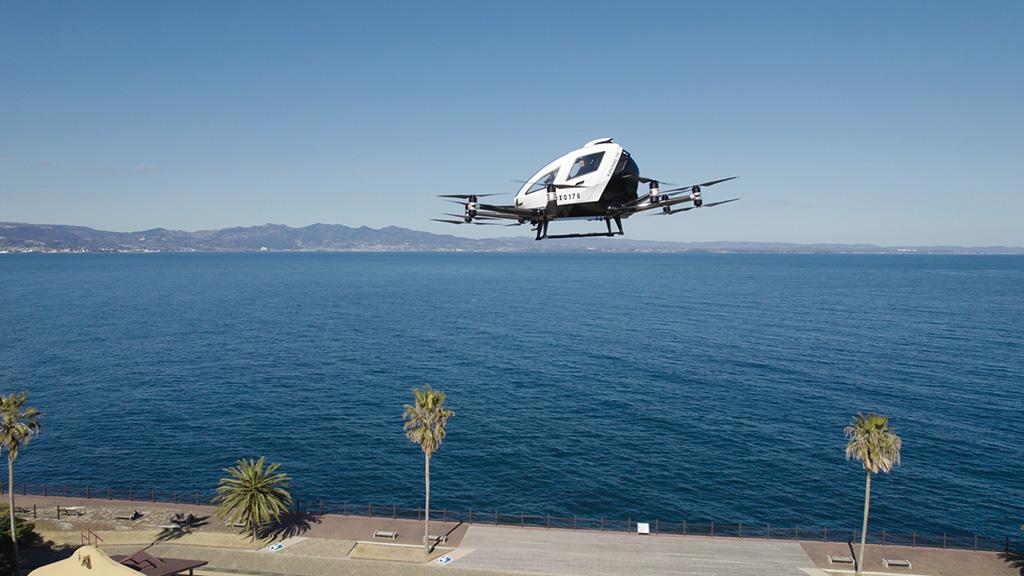
EH216-S: Autonomous, Two Passengers
EHang still expects certification of its autonomous two-seat EH216-S by the Civil Aviation Administration of China (CAAC) this year, and says the process is in its final phase. Vehicles are being delivered to customers in anticipation of approval, initially for aerial tourism operations. EHang ended March with barely $30 million in cash but in July secured an additional $23 million from new investors.
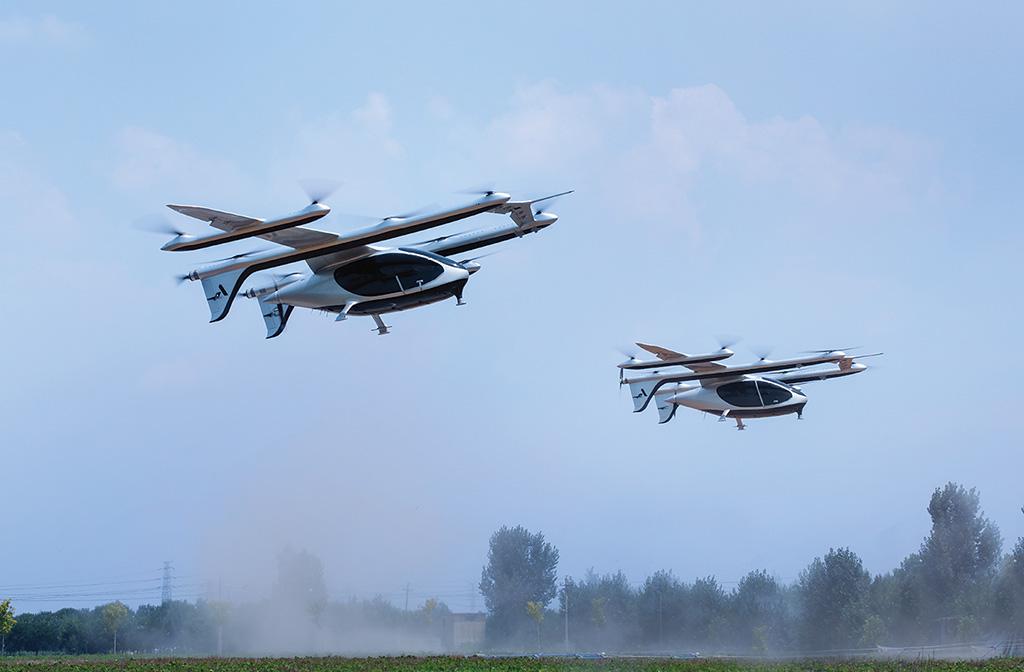
Prosperity 1: Pilot + Three Passengers
Having flown multiple full-scale demonstrators, China’s AutoFlight plans to certify the first version of its eVTOL, the Carryall uncrewed cargo aircraft, with the CAAC in 2024. This is expected to be followed after 2-3 years by certification of a passenger-carrying Prosperity 1 version for the domestic market. After gaining operational experience in China, AutoFlight plans to certify the aircraft in Europe and the U.S.
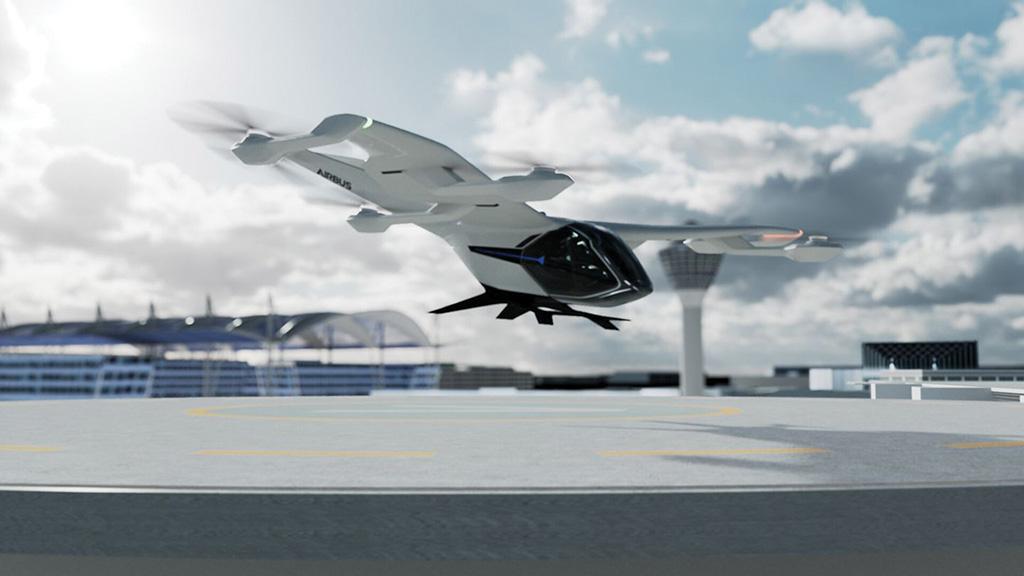
CityAirbus NextGen: Pilot + Three Passengers
Airbus is beginning assembly of the first full-scale prototype of the CityAirbus NextGen at Airbus Helicopter’s facility in Donauworth, Germany, where it is establishing a dedicated test center for its eVTOL program. Following on from the CityAirbus Alpha demonstrator in 2019, flight tests are planned to begin in 2024, and Airbus expects the aircraft to enter service in the second half of the decade.
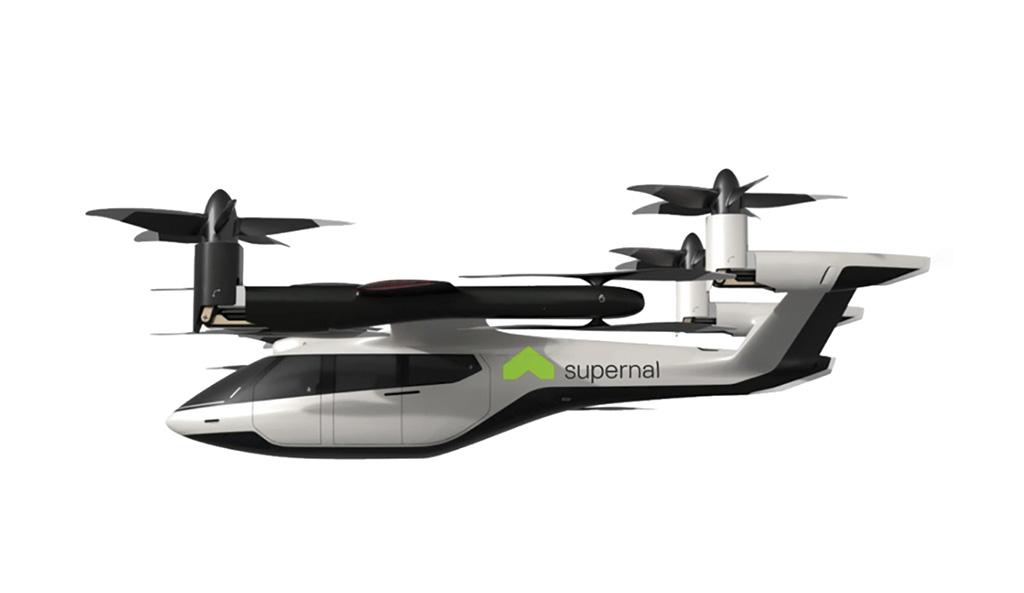
SA-1 (concept): Pilot + Four Passengers
A subsidiary of South Korean automaker Hyundai, U.S.-based Supernal plans to fly a full-scale demonstrator in 2024, after selecting GKN Aerospace to supply the airframe and wiring system, Honeywell the flight deck, BAE Systems the flight control system and Electric Power Systems the batteries, in addition to other suppliers. Supernal continues to target certification and entry into service in 2028.
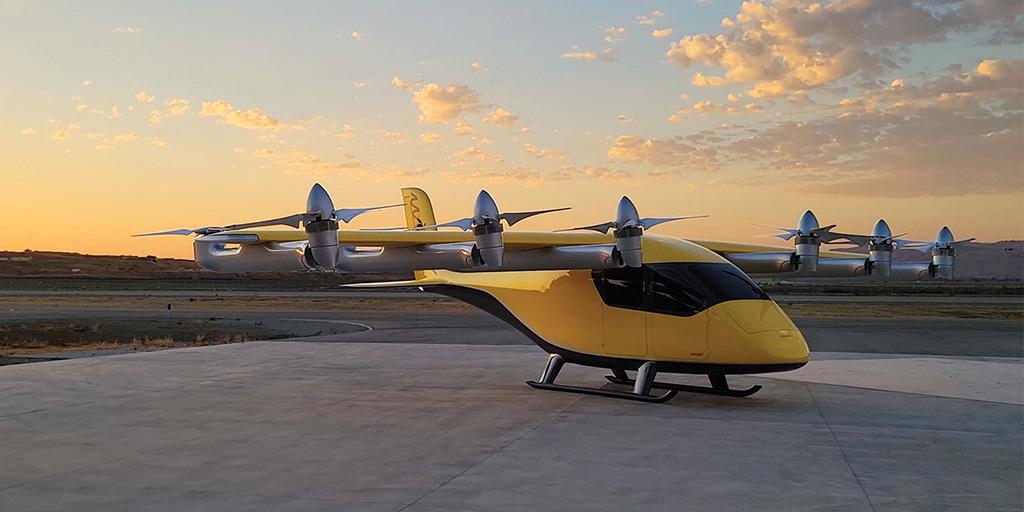
Gen 6: Autonomous, Four Passengers
Wisk unveiled its Generation 6 production vehicle in October 2022 and in May 2023 announced it had become a 100%-owned subsidiary of Boeing. The company expects to certify and begin operating the fully autonomous vehicle by decade’s end. In settlement of its intellectual-property theft lawsuit, Wisk has received $73 million in Archer Aviation stock and will become its exclusive supplier of autonomy technology.
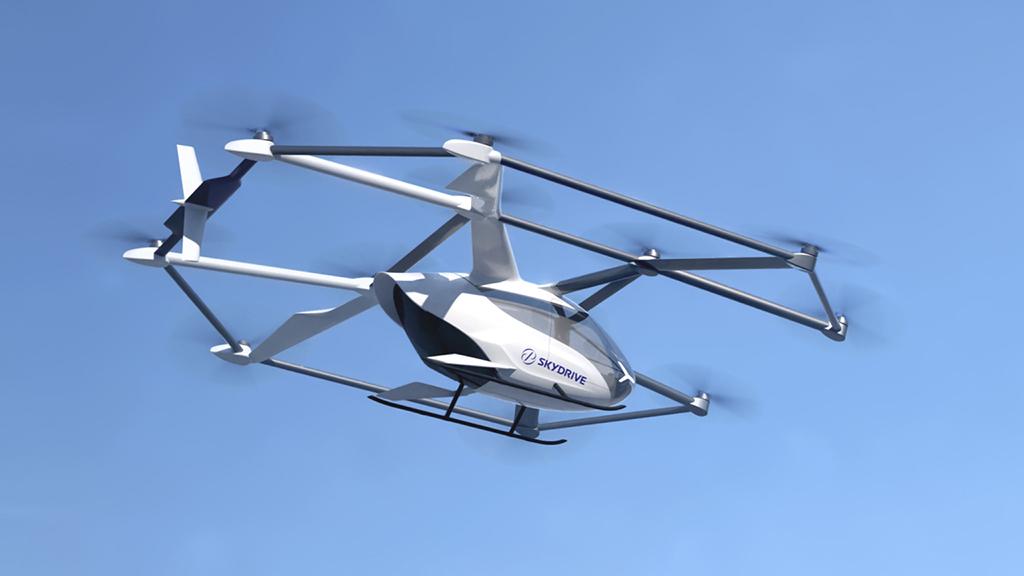
SkyDrive: Pilot + Two Passengers
Japanese startup SkyDrive unveiled a revised design for its SD-05 in June, announcing a partnership with investor Suzuki Group to produce the three-seat eVTOL beginning in spring 2024 in a facility owned by the automaker in Shizuoka prefecture. Tokyo-based SkyDrive has established a U.S. presence and is targeting certification and launch of commercial service in Osaka, Japan, in 2025.
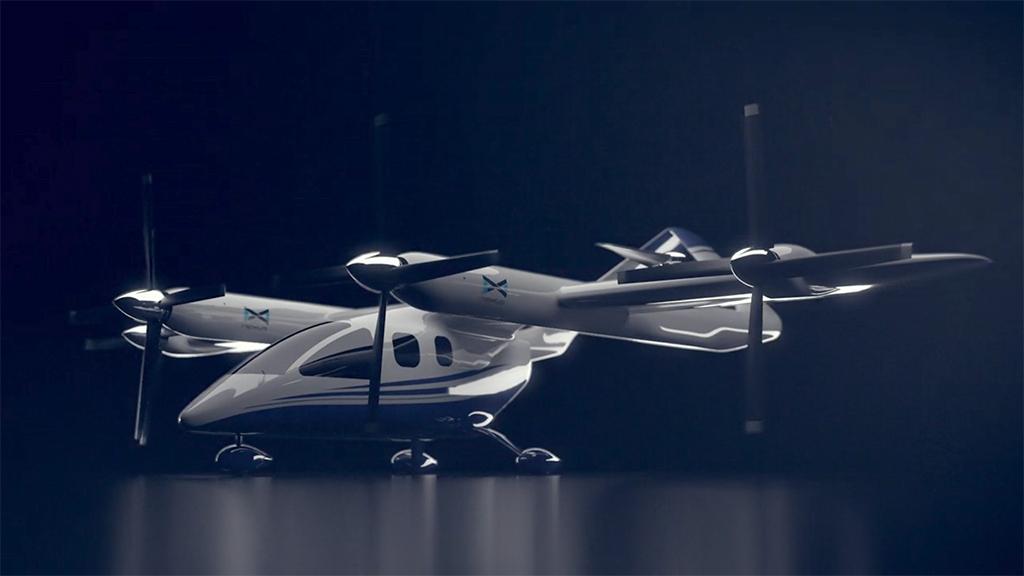
Nexus: Pilot + Three Passengers
After taking over the Nexus eVTOL program from sister company Bell in 2022, Textron eAviation began wind tunnel testing of a revised design in July. The 7,700-lb.-gross-weight Nexus now has four wing-mounted tilting rotors and two dedicated lift propellers of twin tail booms. Textron plans to fly a full-scale demonstrator by the end of 2024, aiming for service entry in 2030.
The next 18-24 months promises to be busy for the electric vertical-takeoff-and-landing (eVTOL) industry leaders that Aviation Week has been tracking since the market began to take shape in the 2010s. Production-representative prototypes are starting to fly, but the industry’s self-imposed deadlines for certification and service entry are looming and much work remains to be done.

Comments
Personally, I hope to see them flying regularly sometime very soon.